Please join me in exploring a wonderful tourist destination, Tokyo, Japan. Tokyo is a bustling metropolis known for its vibrant culture, delicious food and cutting-edge technology. This is a city that has the perfect combination of tradition and modernity, making it a unique and exciting place to visit. From towering skyscrapers to serene temples, there is something for everyone in Tokyo. In this article, we’ll explore top attractions, must-try dishes, and helpful tips for traveling to Tokyo.
TOP ATTRACTIONS IN TOKYO
Shibuya Crossing: The Busiest Intersection in the World
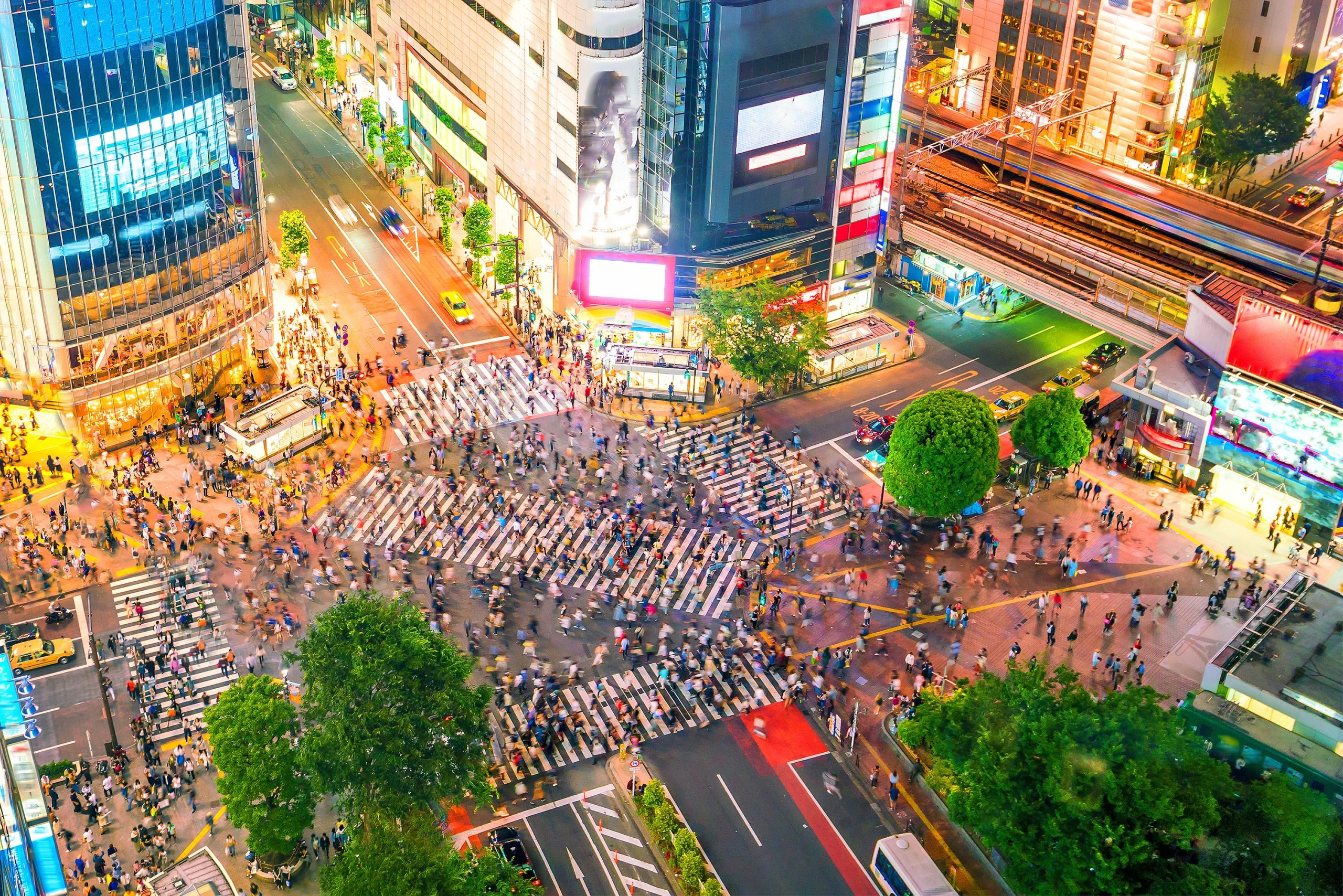
History of Shibuya Crossing
Shibuya Crossing is one of the most iconic spots in Tokyo, and it is often referred to as the “Times Square of Japan.” This famous intersection is located in the heart of Shibuya, a trendy district known for its fashion, entertainment, and nightlife. Shibuya Crossing is a massive pedestrian crossing where thousands of people cross at once, creating a mesmerizing sight.
The history of Shibuya Crossing dates back to the 1920s when the area was developed into a major commercial and entertainment hub. However, it wasn’t until the 1960s that the intersection became famous for its chaotic yet organized crossing. Today, Shibuya Crossing is a must-visit spot for tourists, and it has been featured in numerous movies and TV shows.
What to Do at Shibuya Crossing
Visiting Shibuya Crossing is an experience in itself. You can simply stand on one of the pedestrian bridges and watch the sea of people crossing the intersection. For a more immersive experience, you can join the crowd and cross the street yourself. Another popular activity is taking a photo or video from the Starbucks located on the second floor of the Tsutaya building, which offers a great view of the crossing.
Aside from the crossing itself, Shibuya is also a great place to shop, dine, and people-watch. The area is home to many department stores, boutiques, and restaurants, making it a shopper’s paradise. You can also find street performers and musicians entertaining the crowds, adding to the lively atmosphere of Shibuya.
Tips for Visiting Shibuya Crossing
- The best time to visit Shibuya Crossing is in the evening when the lights are on, and the crowd is at its peak.
- Be mindful of your belongings as the area can get quite crowded, and pickpocketing is not uncommon.
- If you want to take a photo or video from the Starbucks, be prepared to wait in line as it can get busy.
- Take a stroll around the surrounding streets to discover hidden gems such as small cafes and vintage shops.
2. Tokyo Skytree: A Towering Landmark with Breathtaking Views
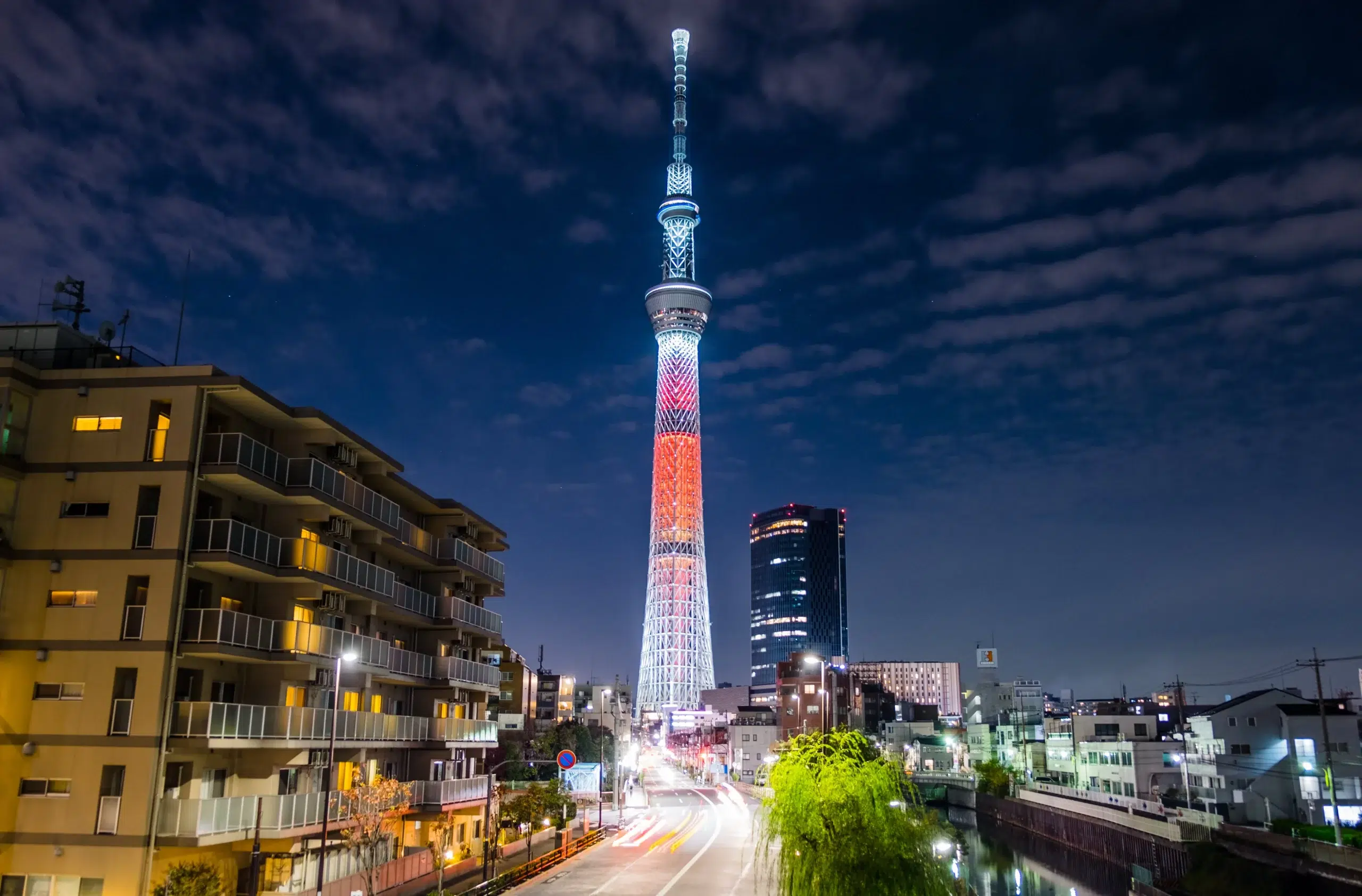
History of Tokyo Skytree
Tokyo Skytree is a broadcasting tower and observation deck that stands at 634 meters, making it the tallest structure in Japan. It was completed in 2012 and has since become one of the most popular tourist attractions in Tokyo. The tower was built as a replacement for the old Tokyo Tower, which could no longer support the city’s growing broadcasting needs.
The construction of Tokyo Skytree took four years and involved over 7,000 workers. Its unique design was inspired by traditional Japanese architecture, and it features two observation decks, a restaurant, and a shopping complex.
What to Do at Tokyo Skytree
The main attraction of Tokyo Skytree is its observation decks, which offer stunning views of the city. The lower deck, called Tembo Deck, is located at 350 meters and has a glass floor where visitors can stand and look down at the city below. The upper deck, called Tembo Galleria, is located at 450 meters and offers a 360-degree view of Tokyo.
Aside from the observation decks, Tokyo Skytree also has a shopping complex called Solamachi, which has over 300 shops and restaurants. You can also dine at the Sky Restaurant 634, located on the lower observation deck, for a unique dining experience with a view.
Tips for Visiting Tokyo Skytree
- Purchase your tickets in advance to avoid long lines.
- If you want to visit both observation decks, consider getting a combo ticket for a discounted price.
- Visit during sunset or at night for the best views of the city lights.
- Check the weather forecast before visiting as the observation decks may be closed during bad weather.
Must-Try Foods in Tokyo
Sushi: A Staple Dish in Japanese Cuisine
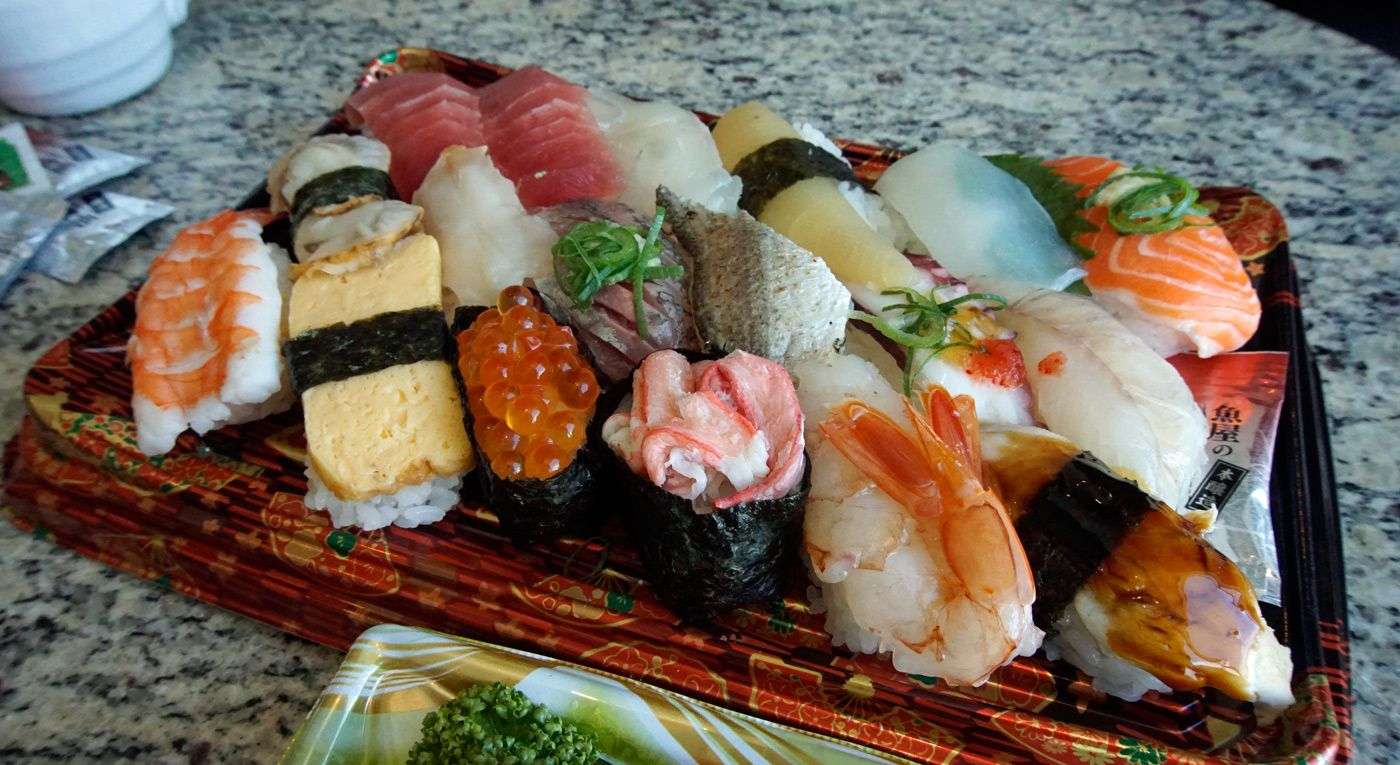
History of Sushi
Sushi is a traditional Japanese dish that has become popular all over the world. It consists of bite-sized pieces of raw fish served on top of vinegared rice. The history of sushi dates back to the 8th century when it was first mentioned in a Japanese dictionary. However, it wasn’t until the 19th century that sushi became widely available to the general public.
In Tokyo, you can find a variety of sushi, from the classic nigiri sushi to more modern variations such as sushi rolls and bowls. Each type of sushi has its own unique flavor and texture, making it a must-try food in Tokyo.
How to Enjoy Sushi in Tokyo
The best way to enjoy sushi in Tokyo is by visiting a sushi restaurant. There are many options to choose from, ranging from high-end Michelin-starred restaurants to more affordable conveyor belt sushi joints. Some restaurants even offer the option to sit at the counter and watch the sushi chefs prepare your meal right in front of you.
When eating sushi, it is customary to dip the fish side into soy sauce instead of the rice side. Also, try not to mix wasabi into the soy sauce as it can overpower the delicate flavors of the sushi. And don’t be afraid to try different types of sushi, including ones with raw fish, as they are all delicious in their own way.
Popular Sushi Restaurants in Tokyo
- Sukiyabashi Jiro: A three-Michelin-starred restaurant known for its traditional and high-quality sushi.
- Sushizanmai: A popular chain restaurant that offers affordable and tasty sushi.
- Tsukiji Outer Market: A bustling market where you can find fresh and authentic sushi from various vendors.
2. Ramen: A Comforting Bowl of Noodles
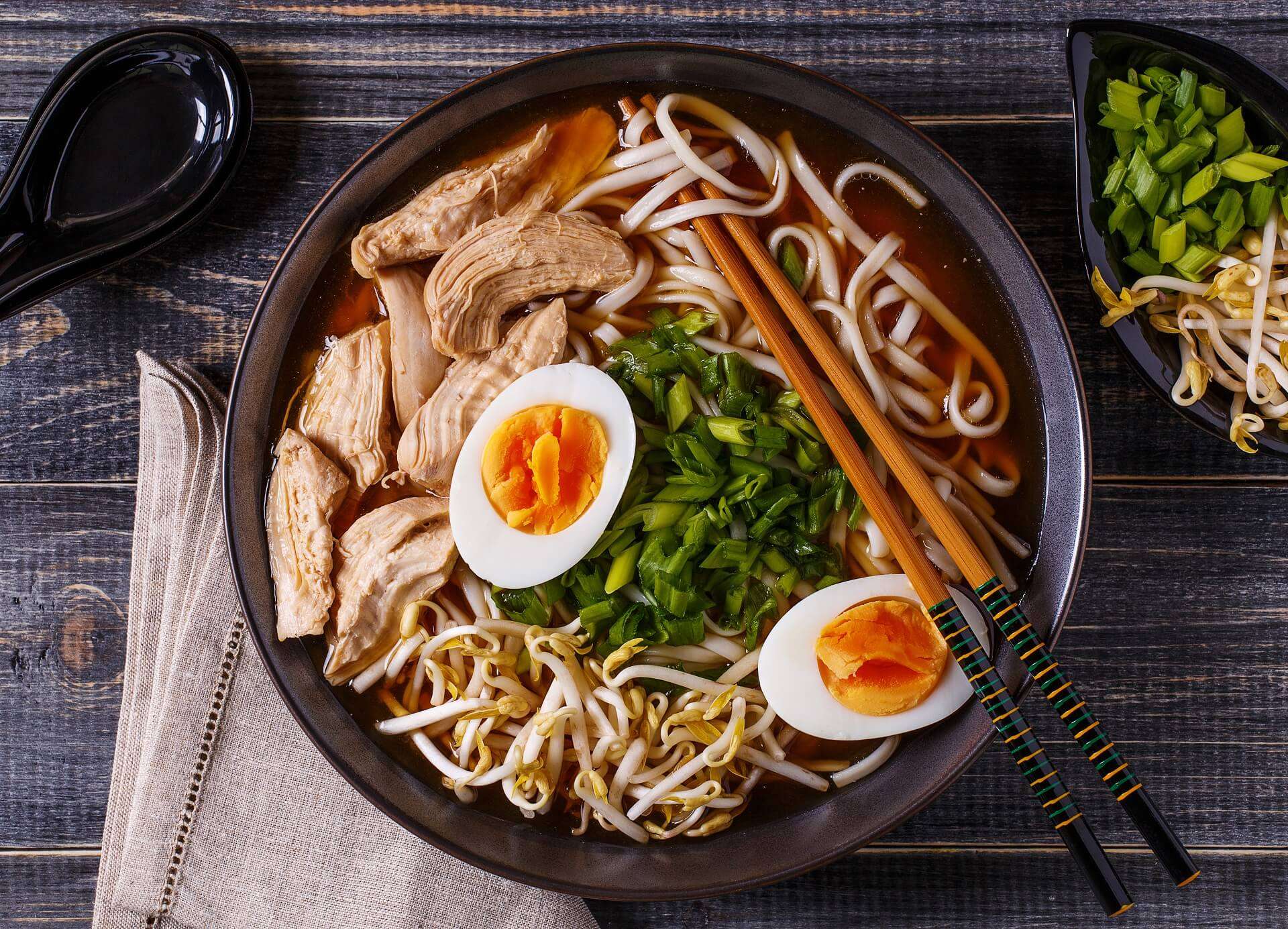
History of Ramen
Ramen is a noodle dish that originated in China but has become a staple in Japanese cuisine. It consists of wheat noodles served in a flavorful broth and topped with various ingredients such as sliced pork, green onions, and soft-boiled eggs. The history of ramen in Japan dates back to the late 19th century when Chinese immigrants introduced it to the country.
In Tokyo, you can find a variety of ramen shops, each with its own unique style and flavor. Some popular types of ramen include shoyu (soy sauce) ramen, miso ramen, and tonkotsu (pork bone) ramen.
How to Enjoy Ramen in Tokyo
The best way to enjoy ramen in Tokyo is by visiting a ramen shop. Many shops specialize in one type of ramen, so it’s a good idea to do some research beforehand to find the type of ramen you want to try. Most ramen shops have vending machines where you can purchase a ticket for your desired bowl of ramen before entering the shop.
When eating ramen, use chopsticks to pick up the noodles and a spoon to sip the broth. You can also add condiments such as chili oil or garlic paste to customize the flavor of your ramen. And don’t be afraid to slurp your noodles as it is considered a sign of enjoyment in Japanese culture.
Popular Ramen Shops in Tokyo
- Ichiran: A popular chain restaurant known for its customizable and flavorful tonkotsu ramen.
- Afuri: A trendy ramen shop that offers a lighter and more refreshing version of ramen with a yuzu (citrus) flavored broth.
- Tsuta: The first ramen shop to receive a Michelin star, known for its rich and flavorful shoyu ramen.
USEFUL TRAVEL TIPS TO TOKYO
Getting Around Tokyo: Efficient and Convenient Transportation Options
Public Transportation in Tokyo
Tokyo has an extensive and efficient public transportation system, making it easy to get around the city. The most common modes of transportation are trains, subways, and buses. The train and subway lines are color-coded and have English signs, making it easy for tourists to navigate. You can purchase a prepaid IC card, such as Suica or Pasmo, to use on all forms of public transportation.
Taxis in Tokyo
Taxis are also available in Tokyo, but they can be quite expensive compared to other forms of transportation. It is best to use taxis for short distances or when traveling late at night when the trains and subways are not running. Taxis in Tokyo have a reputation for being clean, safe, and reliable.
Accommodation Options: From Traditional Ryokans to Modern Hotels
Ryokans: Traditional Japanese Inns
Ryokans are traditional Japanese inns that offer a unique and authentic experience for travelers. They typically have tatami-matted rooms, communal baths, and serve kaiseki (multi-course) meals. Staying at a ryokan allows you to immerse yourself in Japanese culture and hospitality.
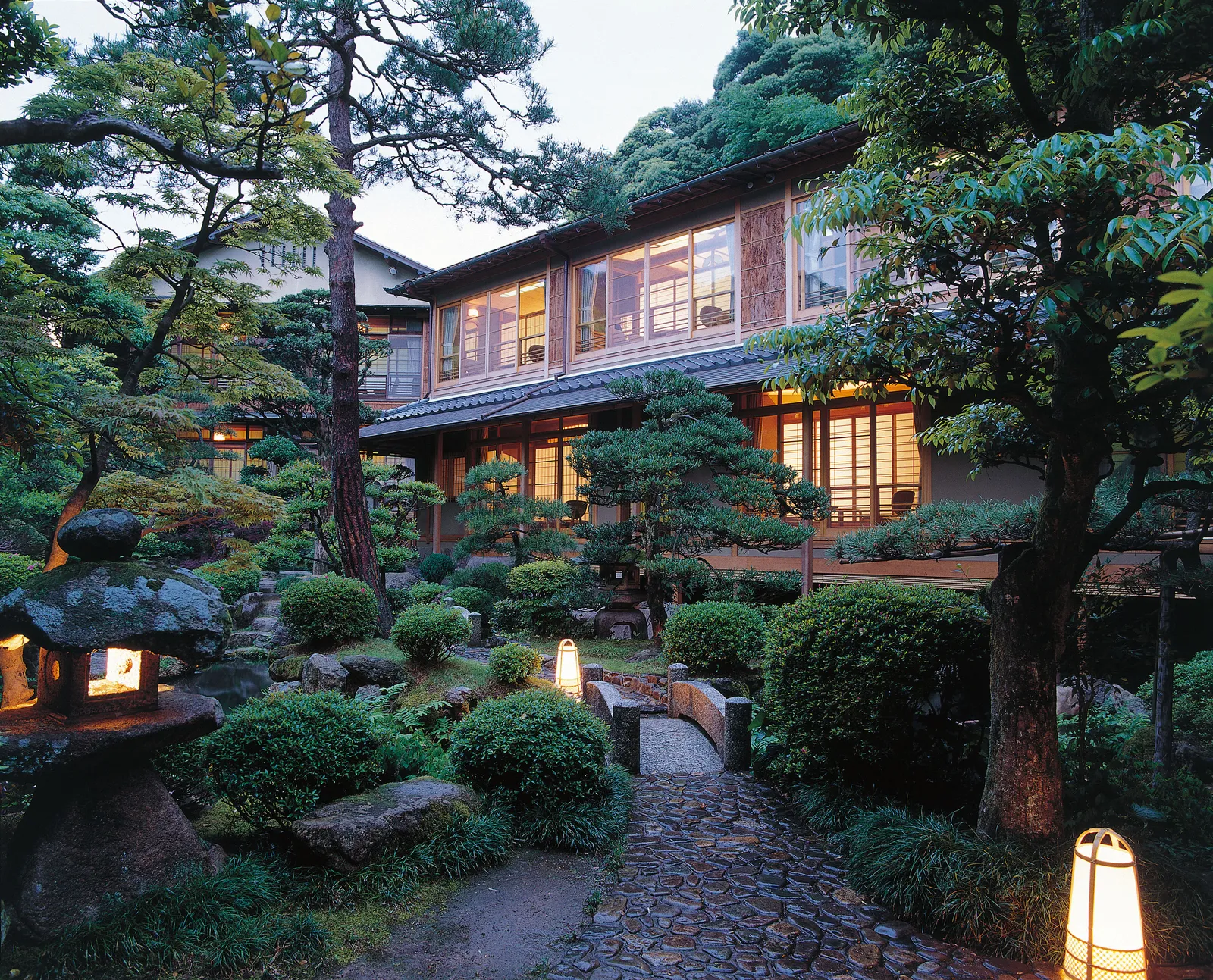
Hotels: Modern and Convenient Options
Hotels are the most common type of accommodation in Tokyo, ranging from budget-friendly options to luxury hotels. They offer modern amenities such as private bathrooms, Wi-Fi, and breakfast buffets. Many hotels in Tokyo are conveniently located near major tourist attractions and public transportation.
Etiquette and Customs: Respectful Behavior in Japan
Bowing: A Common Greeting in Japan
In Japan, bowing is a common form of greeting and showing respect. When meeting someone for the first time, it is customary to bow slightly while saying “nice to meet you.” The depth of the bow depends on the situation, but a slight nod of the head is usually enough for casual encounters.
Taking off Shoes: A Must in Japanese Homes and Some Establishments
In Japan, it is customary to take off your shoes when entering a home or some establishments, such as temples and traditional restaurants. Look for a shoe rack or designated area to leave your shoes before entering. It is also polite to wear clean socks without holes when taking off your shoes.
FAQs about Traveling to Tokyo
What is the best time to visit Tokyo?
The best time to visit Tokyo is during spring (March-May) and autumn (September-November) when the weather is mild and pleasant. However, these seasons are also peak tourist seasons, so expect larger crowds and higher prices.
Is it safe to travel to Tokyo?
Yes, Tokyo is generally a safe city for tourists. However, it is always important to be aware of your surroundings and take precautions against pickpocketing and other petty crimes.
Do I need to know Japanese to travel to Tokyo?
While knowing some basic Japanese phrases can be helpful, it is not necessary to know the language to travel to Tokyo. Many signs and menus have English translations, and most locals can understand and speak some English.
What is the currency used in Tokyo?
The currency used in Tokyo is the Japanese Yen (JPY). It is recommended to exchange your currency for yen before arriving in Japan, as it can be difficult to find currency exchange services outside of major cities.
What are some must-try foods in Tokyo?
Aside from sushi and ramen, other must-try foods in Tokyo include tempura (battered and deep-fried seafood or vegetables), okonomiyaki (savory pancake), and takoyaki (octopus balls).
Conclusion
Tokyo is a city that offers a unique and unforgettable experience for travelers. From its bustling streets to its delicious cuisine, there is always something new and exciting to discover in this vibrant metropolis. Whether you’re interested in traditional culture, modern technology, or simply want to indulge in delicious food, Tokyo has it all. So pack your bags and get ready to explore this amazing city.
